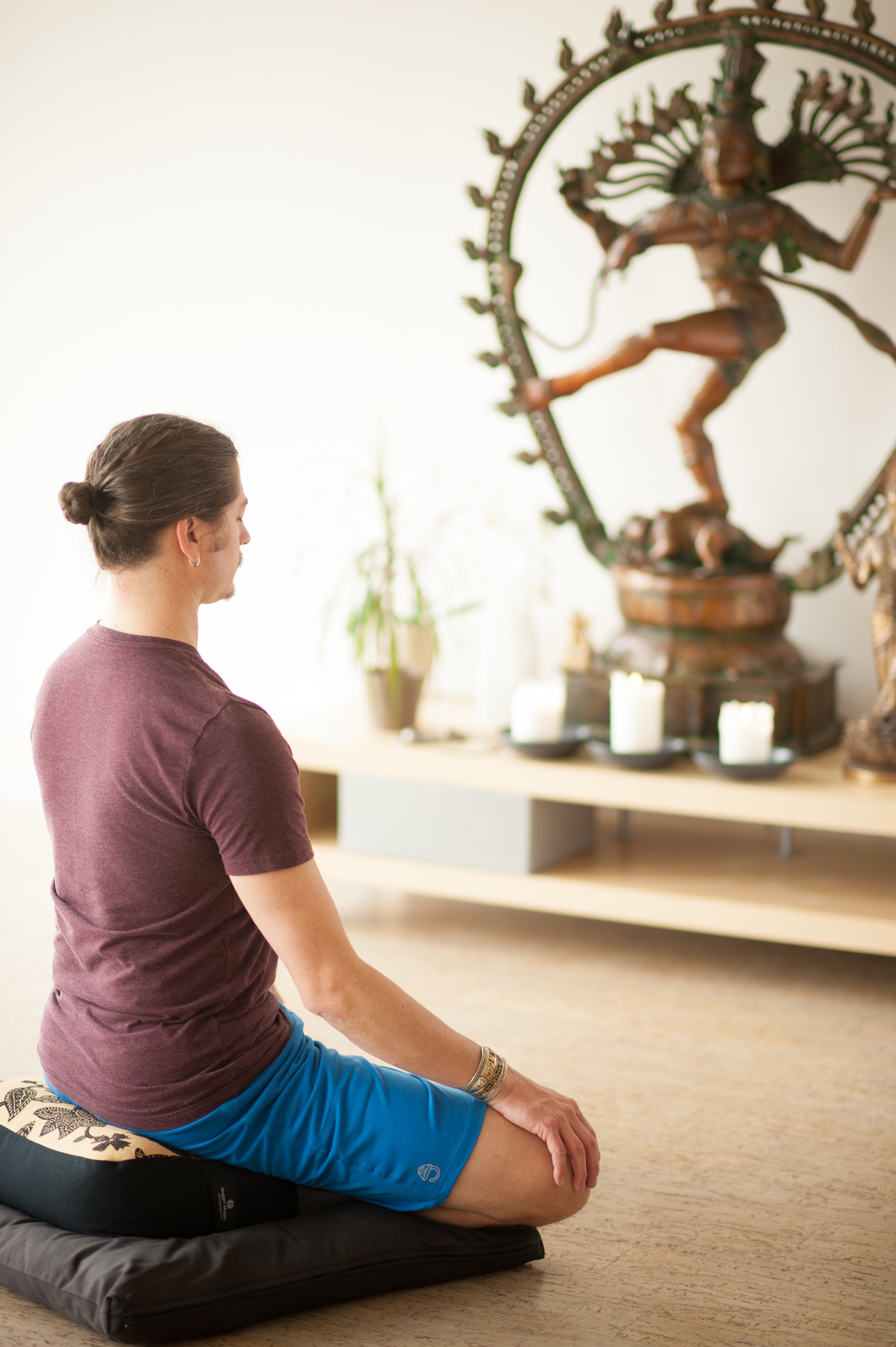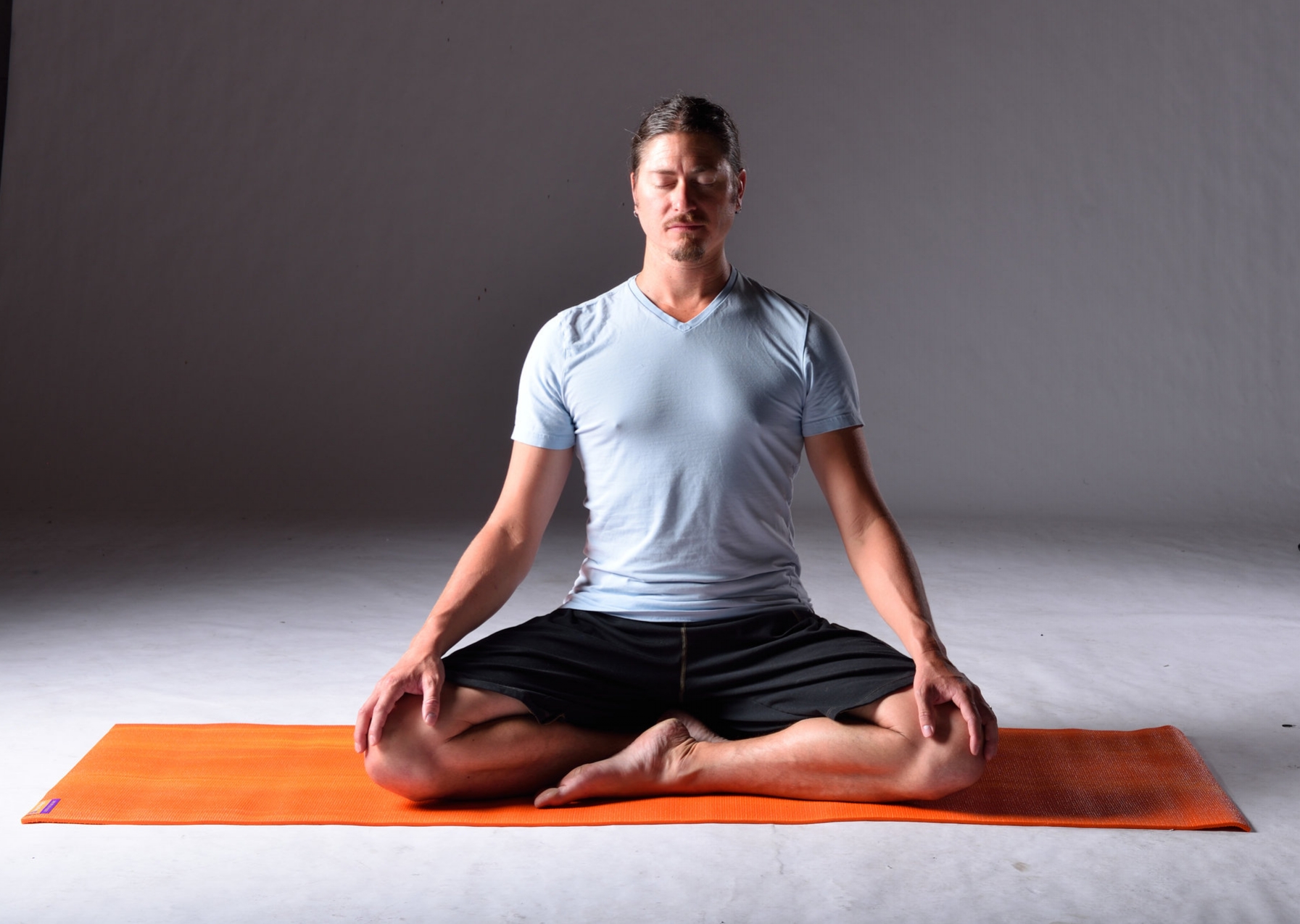Search Other Posts
The following is a version of an article I wrote for Conscious Life News
I wish I knew the beauty of leaves falling.
To whom are we beautiful when we go?
~David Ignato
And to whom are we beautiful as we go? This poem seems to point to the fact that even in our failing, there is a part of creation and therefore a part of ourselves that can grant a magnificence to any loss.
A beautiful concept. A bittersweet truth. Perhaps this is why Autumn is so colorful: it is the opulent funeral procession of the death of so much. It is the rush of fireworks before the quiet stillness of winter.
Shiva Nataraj
Many of the Hindu statues tell stories and offers insight which transcends dogma. The Shiva Nataraj, the Dancing Shiva, is a storytelling icon depicting Shiva, the creator of the universe, and illustrates his five acts which, in part, give understanding of death and dissolution. Through understanding the Shiva Nataraj, we too might understand "the beauty of leaves falling" as penned by poet David Ignato.
This statue depicts a person with several arms holding different tools, his hair on fire, body wreathed in flames, standing on an impish creature with one leg, and his other leg in motion.
Creation
In his first hand, Shiva holds a drum putting everything into motion through vibration. It's true that everything from the smallest particle to the largest galaxy, even the Universe itself, is in constant motion. As a musician, I love the idea of DJ Shiva laying down the backbeat that sets the Universe into motion. This represents the birth and spring in our lives and the events and circumstances therein.
Sustaining
His next hand holds a mudra or a gesture called the abhaya mudra. This Mudra is the power of sustaining. It's like Shiva is saying, "I've built this, now I'm supporting and nourishing it." For me this represents summer time when everything is in full bloom and thriving. It's also a reminder to be present, especially to our tendency to get attached to things when they are going well, or looking over our shoulder for the other shoe to drop. If possible be right in the moment as things are. The subtle message here is that things are in flux and don't get either attached or resist what's inevitably in flux.
Death and Disillusion
In his third hand, Shiva is holding a flame suggesting not to get too attached because just as soon as he will give birth to and sustain something, he'll also burn it down. This flame reminds you that not only does everything has a life cycle, but that even as things are changing and dying they do so as part of a perfect cycle. Shiva has no remorse about any of this, he simply stares straight ahead with a little grin as if to say, "This is what death looks like," meanwhile the beautiful fall colors are exploding in their passing.
Concealment
So, when you're at your lowest point, your house has just been razed to the ground and you're really hoping Shiva will give you a helping hand, he does just the opposite. His fourth arm is concealing his heart. At the moment when we are humbled and look to a higher power at our low points he covers his arm to say, "You don't learn heart of God for free." Sometimes this feels like just when you couldn't get any lower, you in fact do.
This lowest point is what Shiva is standing on, a little demon thing called the apasmara and represents the unrealized, naive or innocent part of ourselves. Shiva is standing on this representation of a part of ourselves, not in any way to be mean or spiteful, but rather as a way of literally taking a stand for our higher selves.
Revelation
And once the old self has fully been put asunder, with the only limb left, Shiva last leg is swinging upward to invite you back into the a new and elevated cycle of new birth, sustainment, death and dissolution, concealment and revelation. Here is where everything is revealed and we continue to ride the circle in a spiral of evolution and growth. After such revolutions, there is no going back. And after several times around one might begin to start to expect the different cycles as they appear.
With the full picture in mind, whenever we encounter death, change, or dissolution we can resist it less and perhaps see if for what it is, one of the beautiful steps on our way to our full understanding being.
Mary Oliver writes about learning to accept death and loss in her poem, Maker of All Things, Even Healings. I love the title of the poem because it suggests that the healing, the bringing back to life for a fuller measure of life as in the Dancing Shiva, comes only after accepting death which she does so humbly.
All night
under the pines
the fox
moves through the darkness
with a mouthful of teeth
and a reputation for death
which it deserves.
In the spicy
villages of the mice
he is famous,
his nose
in the grass
is like an earthquake,
his feet
on the path
is a message so absolute
that the mouse, hearing it,
makes himself
as small as he can
as he sits silent
or, trembling, goes on
hunting among the grasses
for the ripe seeds.
Maker of All Things,
including appetite,
including stealth,
including the fear that makes
all of us, sometime or other,
flee for the sake
of our small and precious lives,
let me abide in your shadow--
let me hold on
to the edge of your robe
as you determine
what you must let be lost
and what will be saved.
As we celebrate the panoply of fall colors, may we, too, remember the beauty of leaves falling, the beauty and magnificence of this amazing dance in which we are all twirling, living and dying.
Please share this!


















































